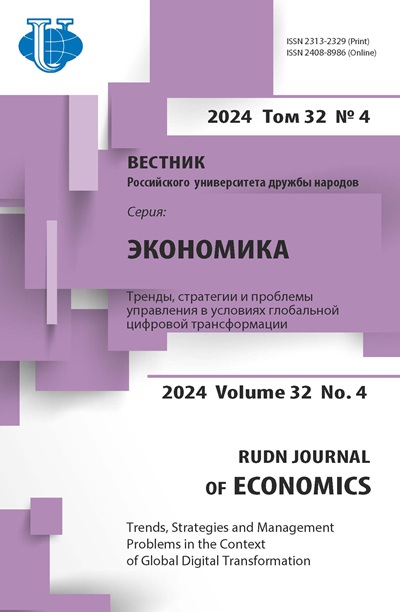СОВРЕМЕННЫЕ ТРЕНДЫ СОЦИАЛЬНО-ЭКОНОМИЧЕСКОЙ ИНТЕГРАЦИИ МИГРАНТОВ-ЦЫГАН В ЕВРОПЕЙСКОМ СОЮЗЕ
- Авторы: Марушиакова Е.1,2, Попов В.1,2
-
Учреждения:
- Школа истории Университета Святого Эндрюса
- Институт этнологии и фольклора при этнографическом музее, Болгарская академия наук
- Выпуск: Том 25, № 1 (2017)
- Страницы: 112-121
- Раздел: Статьи
- URL: https://journals.rudn.ru/economics/article/view/17177
- DOI: https://doi.org/10.22363/2313-2329-2017-25-1-112-121
Цитировать















